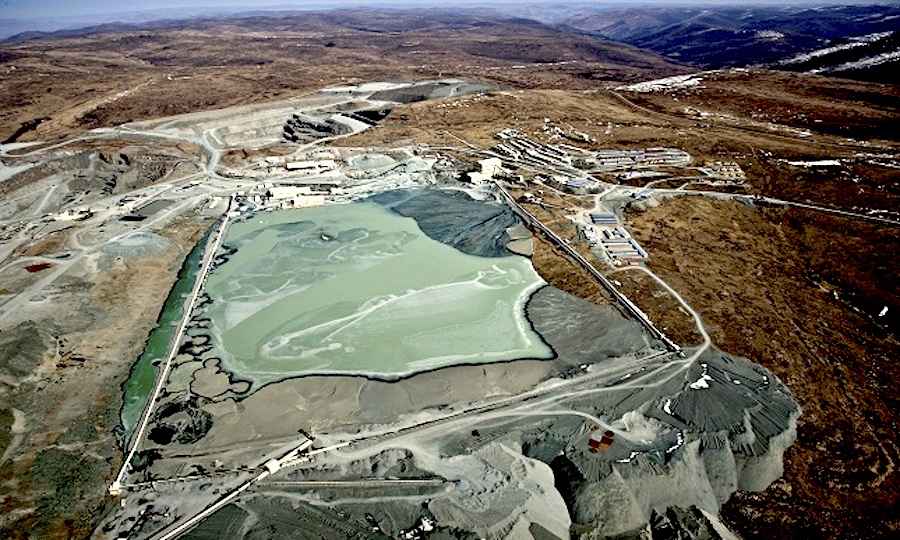Gem Diamonds mining lease for Letšeng renewed for 10 years

Africa-focused Gem Diamonds (LON:GEMD) said on Friday that Lesotho had renewed the mining lease for the company’s Letšeng mine for ten years, effective immediately.
Gem has also been granted an exclusive right to renew the licence for a further period of 10 years. The company will also be able to hire more foreign nationals to fill any skills gaps at the operation.
The royalty payable in respect of diamonds sold from Letšeng mine was, however, increased to 10% from 8%.
Gem will continue to own 70% of the mine, with the government of Lesotho owning the rest.
Royalty payable for the diamonds sold was increased to 10% from 8%
Since acquiring Letšeng in 2006, Gem Diamonds has found five of the 20 largest white gem quality diamonds ever recovered, which makes the mine the world’s highest dollar per carat kimberlite diamond operation.
At an average elevation of 3,100 metres (10,000 feet) above sea level, Letšeng is also one of the world’s highest diamond mines.
Diamond miners are struggling across the board, especially those producing cheaper and smaller stones, where there is an over-supply.
Increasing demand for synthetic diamonds has also weighed on prices. Man-made diamonds require less investment than mining natural stones and can offer more attractive margins.
Buyers, those that polish and cut diamonds for retailers, have been hit this year by lower prices and tighter credit, prompting them to delay purchases.
Tiffany’s reported in August a 3% decline in like-for-like sales, while shares in Signet, the world’s largest retailer of diamond jewellery, have lost more than 60% of their value this year.
De Beers, the world’s No.1 diamond miner by value, has responded by axing production — with a target of 31 million carats this year compared with 35.3 million in 2018. It has also given buyers more room to maneuver, by allowing them to refuse half the stones in many of the diamond parcels.
{{ commodity.name }}
{{ post.title }}
{{ post.date }}

Comments